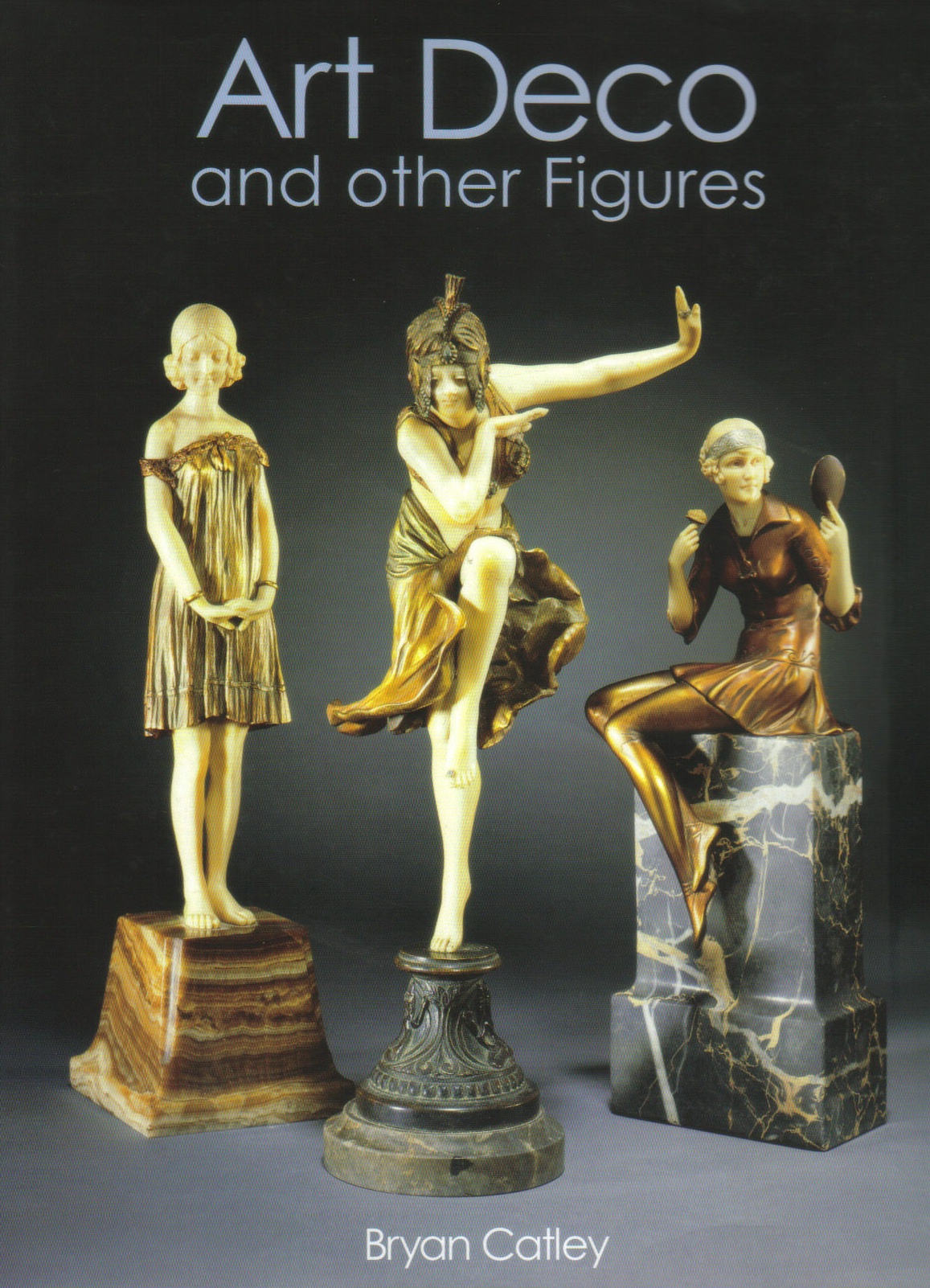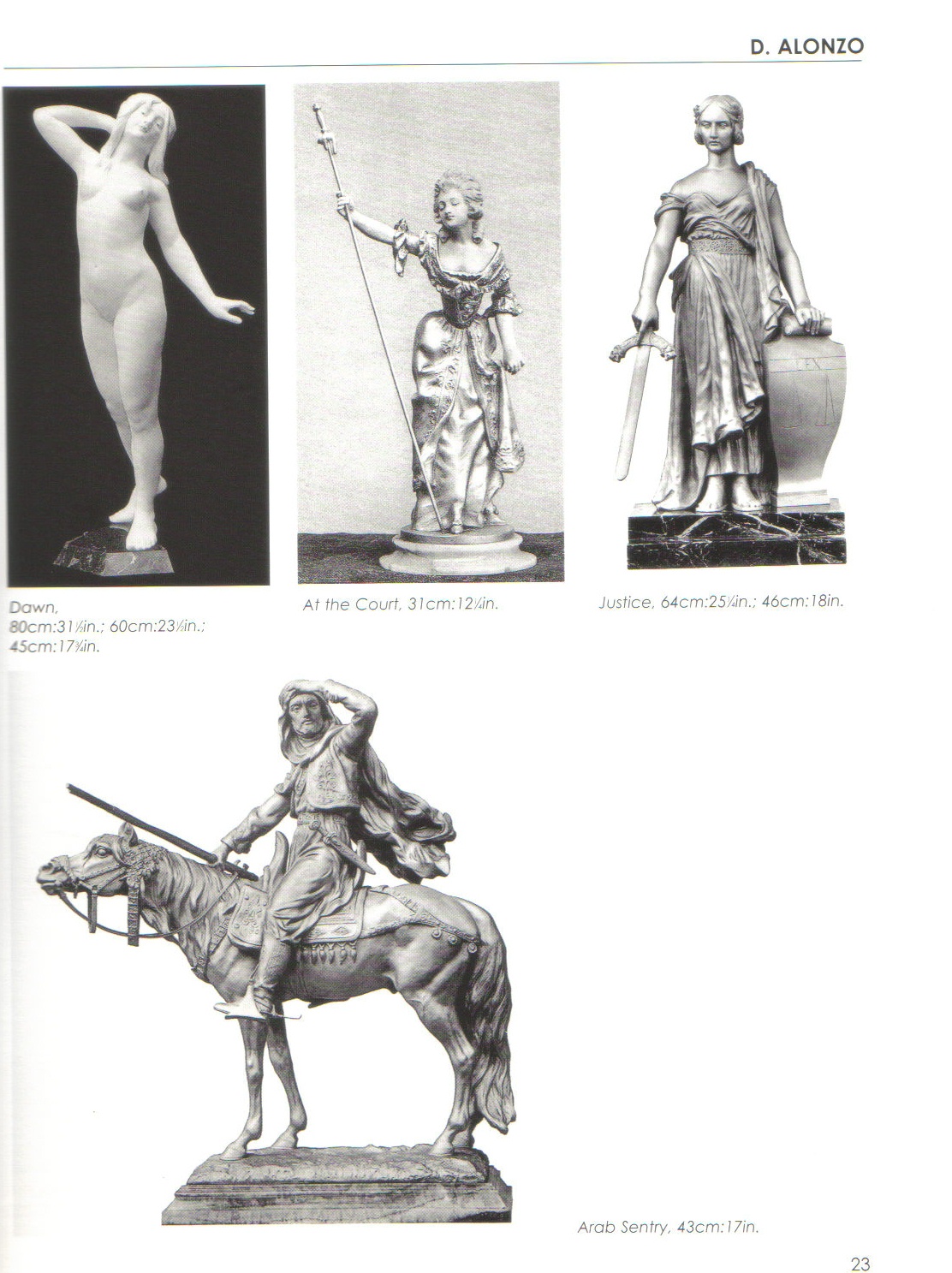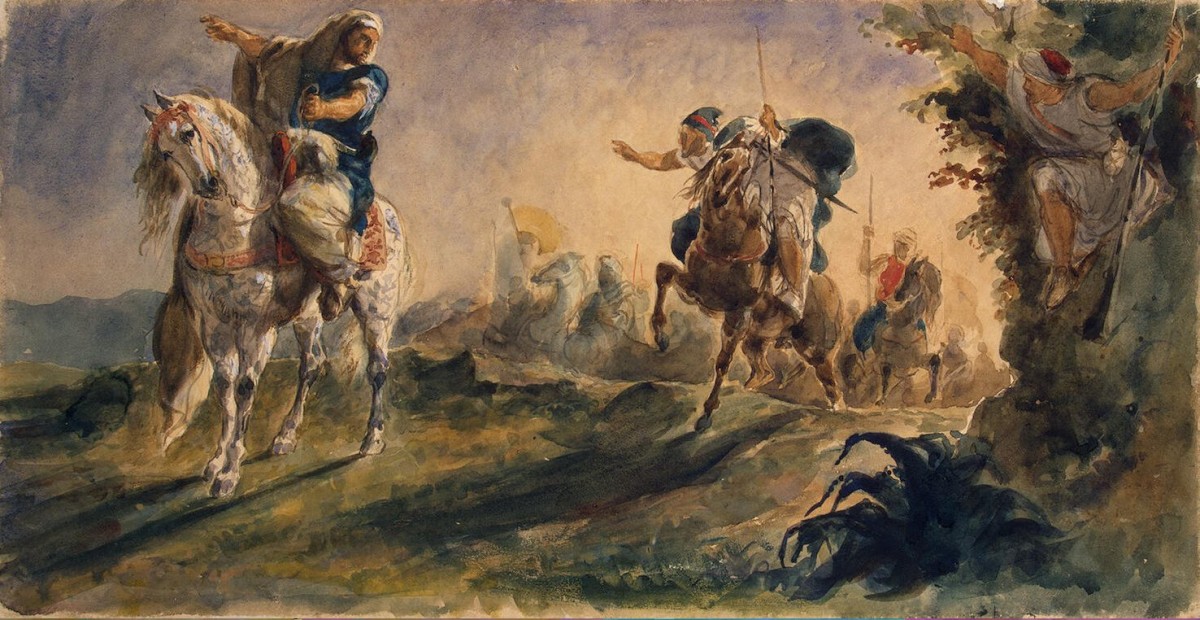23 ¾ in (60.3 cm) high, 24 in (61 cm) wide, 6 ¾ in (17.2 cm) deep
cf. Bryan Catley, Art Deco and other Figures, 2003, p.23
In 1798, a French army led by Napoleon Bonaparte invaded Egypt and occupied the country until 1801. The European presence in Egypt attracted western travellers to the Near and Middle East, among them artists who captured their impressions in paint or drawing. The French government published the first instalment of the 24-volume Description de l’Égypte (1809-22) which illustrated the topography, architecture, monuments, natural life and population of Egypt. This was the most influential of many works that aimed to document the culture of this region, and it had a profound effect on French decorative arts of the period, as evidenced by the dominance of Egyptian motifs in the Empire style.
There was a background of conflict in the region throughout the 19th century with the Greek War of Independence (1821-30), the conquest of Algeria by the French in the 1830s and the Crimean War (1853-56). The military nature of many encounters with native subjects was reflected in the work of visiting western artists. Eugène Delacroix (1798-1863), Jean-Léon Gérôme (1824-1904) among others documented everyday life in Near Eastern cities and countries. Gérôme popularised the theme of the bashi-bazouk (Turkish mercenary soldier), undoubtedly an influence on Dominique Alonzo in this sculpture of an Arab rider.
Dominique Alonzo was born in Paris and was a pupil of Alexandre Falguière (1831-1900). He exhibited several times in the Salon between 1912 and 1926 and was well known for the high quality of his work, its elegant subjects and intricate detail. Although more generally known for his work in the Art Deco style, in earlier pieces he explored the Orientalist themes favoured by his predecessors.



















